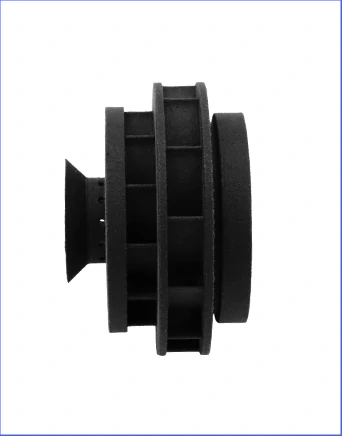Time to read: 6 min

Abstract:
3D printing technology has gained popularity among businesses and individuals due to its ease of operation, accuracy, and suitability for creating complex designs. It offers solutions for both industrial and commercial products and is widely used in DIY projects or outsourced to 3D printing services. Before diving into the process, understanding the cost of 3D printing services is crucial. This article delves into the key factors that influence the costs of 3D printing and provides strategies for cost reduction.
The evolution of 3D printing has revolutionized the manufacturing industry, yet cost remains a central concern for businesses and individuals. This article will analyze the cost structure of 3D printing services from multiple dimensions, helping readers understand and effectively control costs.
3D Printer Prices and Technology Choices
The price of 3D printers varies significantly, depending on the printing technology they employ. For instance, Fused Deposition Modeling (FDM) is favored for its cost-effectiveness, while Stereolithography (SLA) is more expensive due to its high precision and versatility. When choosing a 3D printing technology, consider factors such as production speed, material compatibility, and post-processing requirements.
3D Printer Setup and Operational Costs
Setting up an industrial 3D printer can be complex, leading many users to hire technicians to avoid potential damage or incorrect settings. Additionally, operational costs of 3D printers, including daily usage power consumption and machine depreciation, must be considered.
Diversity and Cost of 3D Printing Materials
The choice of 3D printing material directly affects the quality and cost of the printed parts. Powders and filaments are the most common and cost-effective materials, while resins are favored for their ease of use and post-processing simplicity, albeit at a higher cost. High-end materials like metals are more expensive due to their rarity and the specific technologies required for their use.
Size and Complexity of 3D Models
The size and complexity of a model are significant factors affecting the final cost of 3D printing. Complex designs may require more precise printing technologies and longer printing times, increasing costs. Rational model design can effectively reduce costs.
Impact of Batch Production and Post-Processing
Batch production can lower per-unit costs, but large volumes require more materials and longer printing times. Post-processing, such as polishing, electroplating, or epoxy coating, adds to the cost.
Case Study of 3D Printed Project Costs
By examining specific cases like printing prototypes, phone cases, masks, and mugs, we can gain a clearer understanding of the costs associated with different products. These cases illustrate the impact of material costs, printing time, and post-processing on final costs.
Strategies for Reducing 3D Printing Costs
To effectively reduce 3D printing costs, consider the following strategies: using more cost-effective materials, selecting the appropriate printing process, conserving material usage, choosing the right layer height and resolution, and selecting the appropriate finish.
Conclusion
The cost of 3D printing should not be a barrier to innovation. Understanding the various factors that determine cost and adopting appropriate strategies can help control expenses while enjoying the convenience and innovation that 3D printing offers.




